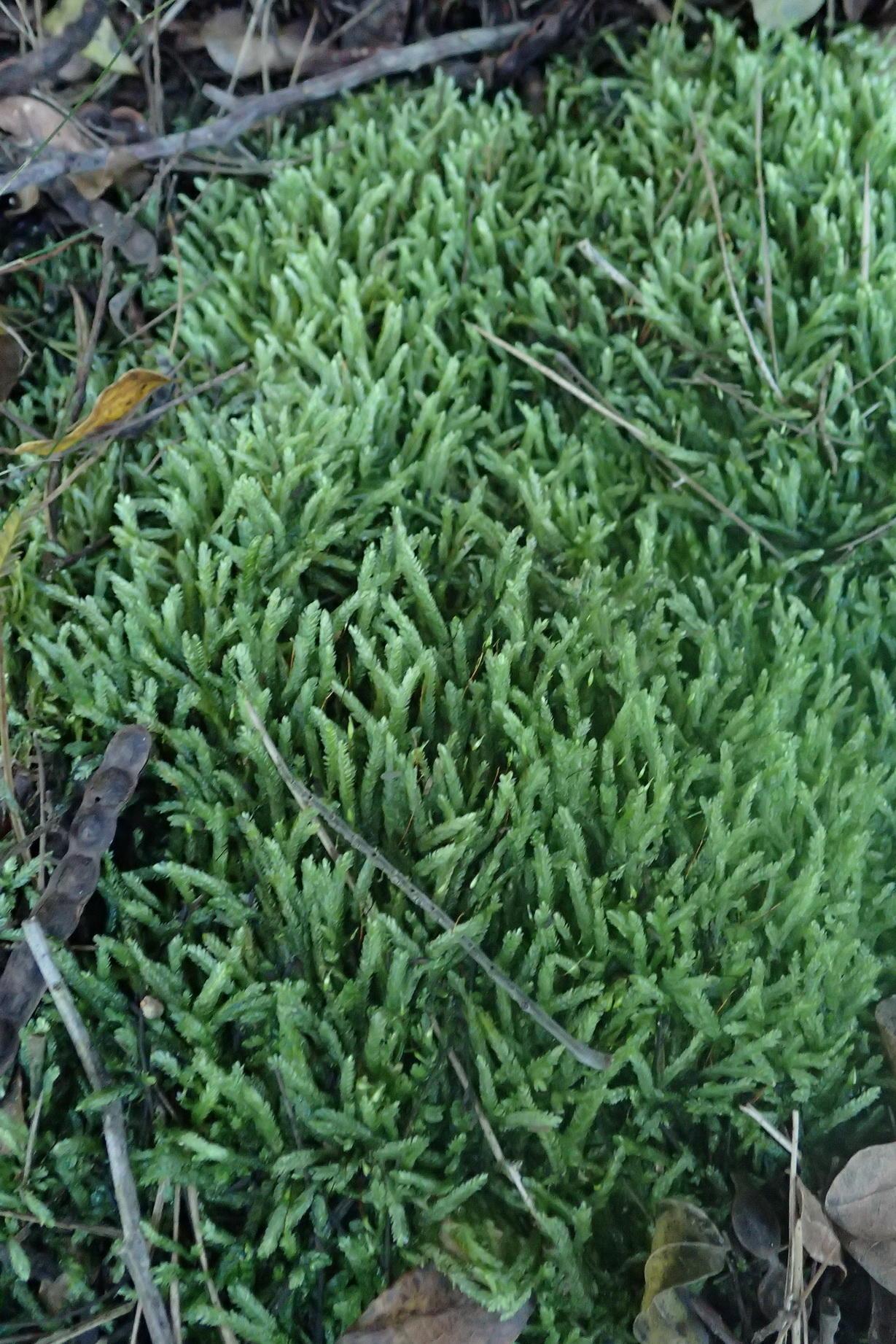
original.jpg from: https://www.gbif.org/es/species/2673552
Funaria dozyana: The Fascinating Funaria Moss
Introduction
Today we’re diving into the wonderful world of Funaria dozyana (Müll.Hal.) Broth., a unique species of moss in the Funariaceae family. Also known simply as Funaria, this tiny but mighty plant plays important ecological roles. Let’s explore what makes Funaria dozyana so special!
Background on Funaria Mosses
Funaria is a genus of mosses in the Bryophyta division and Bryopsida class. There are around 200 Funaria species found worldwide. They are pioneer species that help establish plant life in disturbed habitats.
Morphology and Identification
Funaria dozyana forms small tufts or cushions, typically under 1 cm tall. The leaves are ovate-lanceolate and have serrated margins. Capsules are pear-shaped and asymmetrical, held on seta (stalks) 1-3 cm long. Spores are 12-18 μm in diameter.
Key identification features:
- Small size (<1 cm)
- Ovate-lanceolate leaves with serrated margins
- Pear-shaped, asymmetrical capsules
- Seta 1-3 cm long
- Spores 12-18 μm
Global Distribution and Habitat
F. dozyana has a scattered global distribution. It is found in:
- Europe
- Asia
- Africa
- North America
- South America
This adaptable moss inhabits a variety of habitats, including:
- Disturbed soils
- Burnt ground
- Exposed soil banks
- Brick walls
- Sidewalk cracks
Ecological Roles and Adaptations
As a pioneer species, Funaria dozyana plays a key role in the early stages of ecological succession. It helps stabilize soils and facilitates the establishment of other plants.
Funaria has several adaptations that allow it to thrive in challenging conditions:
- Tolerates low nutrient availability
- Withstands periods of desiccation
- Reproduces quickly via spores
- Grows on a variety of substrates
Funaria Facts
| Characteristic | Description |
|---|---|
| Division | Bryophyta |
| Class | Bryopsida |
| Family | Funariaceae |
| Genus | Funaria |
| Species | F. dozyana |
| Plant Size | < 1 cm tall |
| Leaf Shape | Ovate-lanceolate |
| Leaf Margins | Serrated |
| Capsule Shape | Pear-shaped, asymmetrical |
| Seta Length | 1-3 cm |
| Spore Size | 12-18 μm |
Conclusion
Funaria dozyana may be small, but it plays an outsized role in pioneering new habitats and enabling ecological succession. Next time you see this mighty moss growing on a sidewalk or disturbed patch of soil, take a moment to appreciate its tenacity and importance!
What other small but mighty organisms have you noticed in your environment? Share your observations in the comments below.